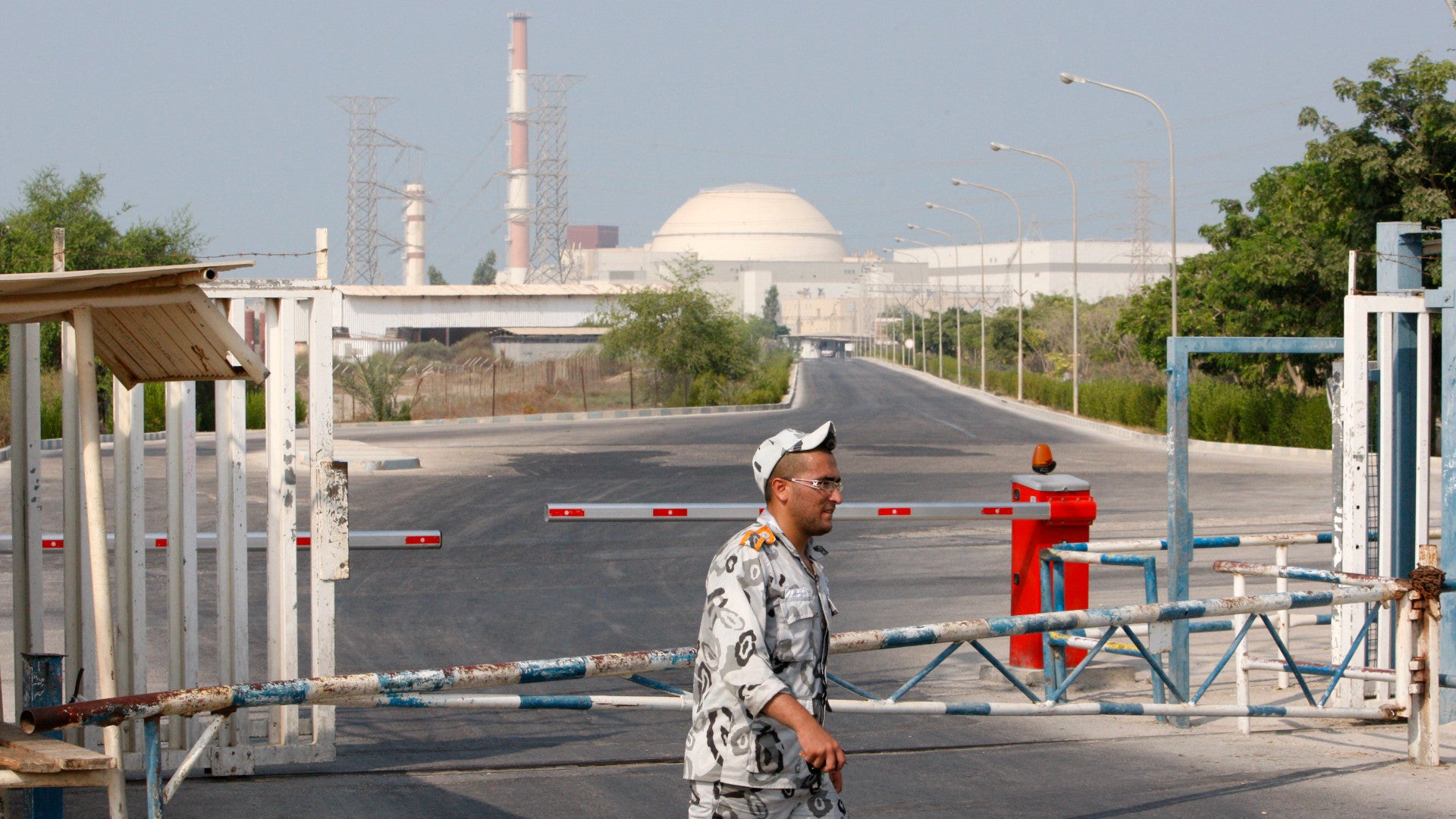Iranian authorities say that an unspecified “technical fault” was responsible for a total shutdown of the country’s lone nuclear power plant in Bushehr along its southwestern Persian Gulf coastline. Officials in Iran are insistent that the plant, which was built with Russian assistance, will be back online in a matter of days, but details about exactly what has happened remain extremely limited.
The Atomic Energy Organization of Iran (AEOI) issued its statement regarding Bushehr, including the mention of the technical issues, late on June 20, 2021. This had followed an initial announcement on Iranian state television from Gholamali Rakhshanimehr, an official from Tavanir, the country’s state-run electric power generation and distribution company, that the plant had gone offline the day before and would remain so “for three to four days.” At the time, Rakhshanimehr offered no further information about what the reason or reasons might have been for the shutdown, which was described as an “emergency” decision.
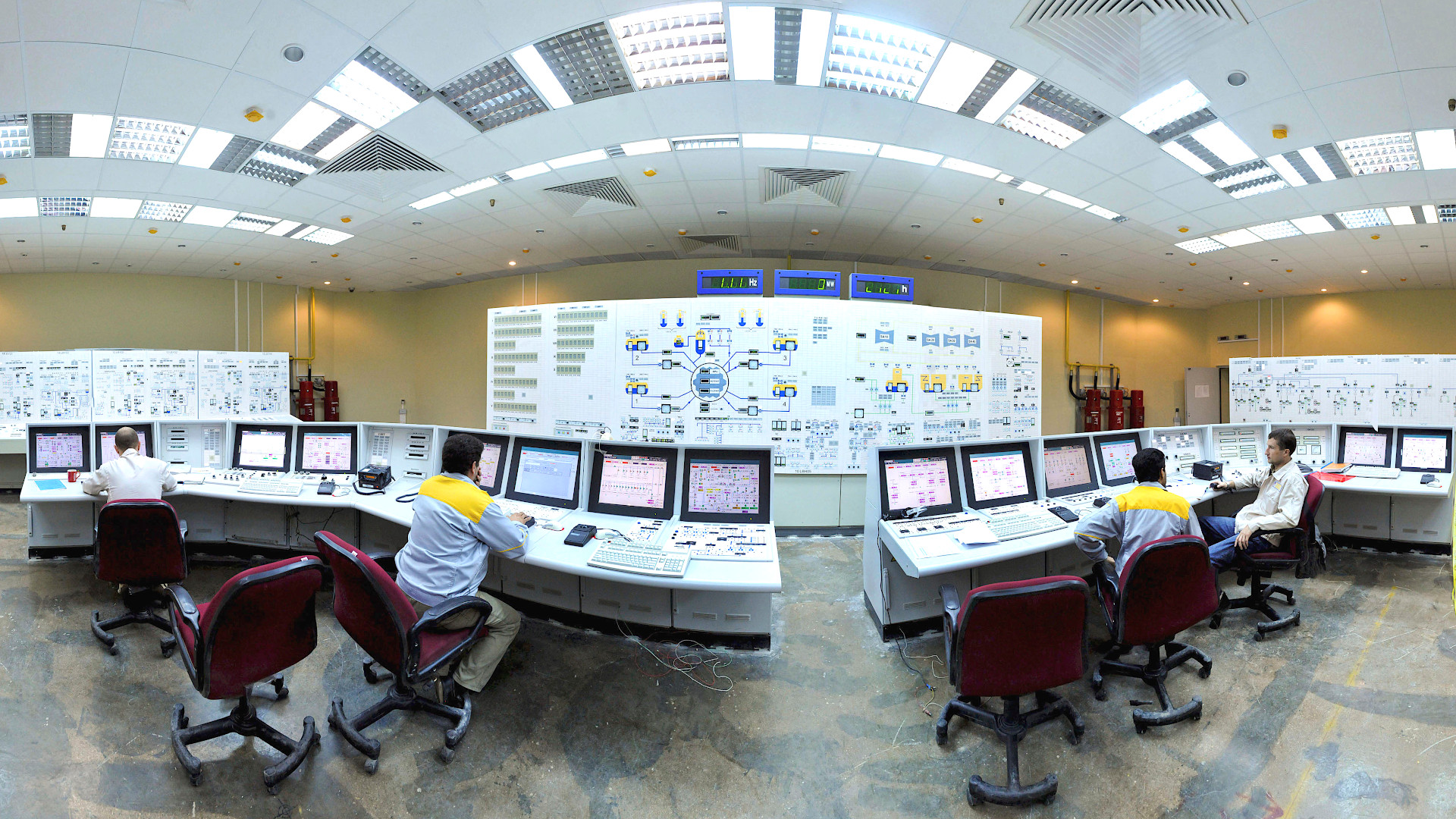
“Following a technical fault at the Bushehr power plant,” AEOI’s statement read, according to Iran’s state-run PressTV. “After a one-day notice to the energy ministry, the plant was temporarily shut down and taken off the power grid.”
The facility at Bushehr, which went critical in 2011 and began supplying power to the commercial grid two years later, presently has a single reactor plant rated at 1,000 megawatts. In 2014, Iranian and Russian officials signed a deal to build two more 1,000-megawatt reactors at this site and potentially built additional nuclear power plants across Iran. In 2016, there was a groundbreaking ceremony for the second reactor at Bushehr, with construction reportedly only beginning in earnest three years later. Iranian authorities have said in the past that their goal is to ultimately have nuclear power account for at least between eight and 10 percent of the country’s total electricity generation capacity.
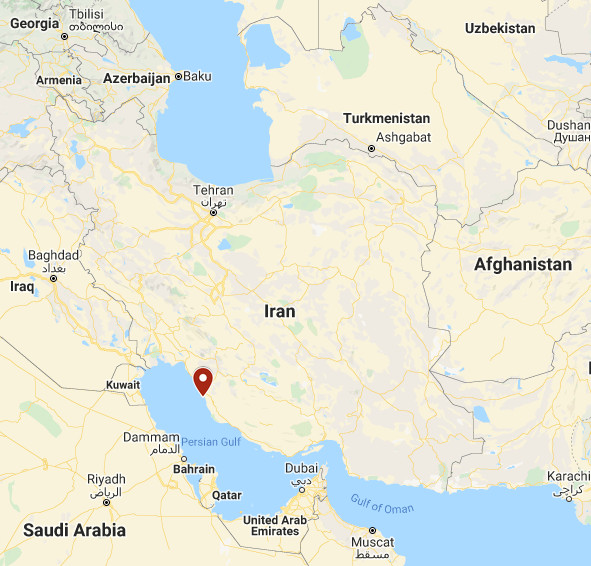
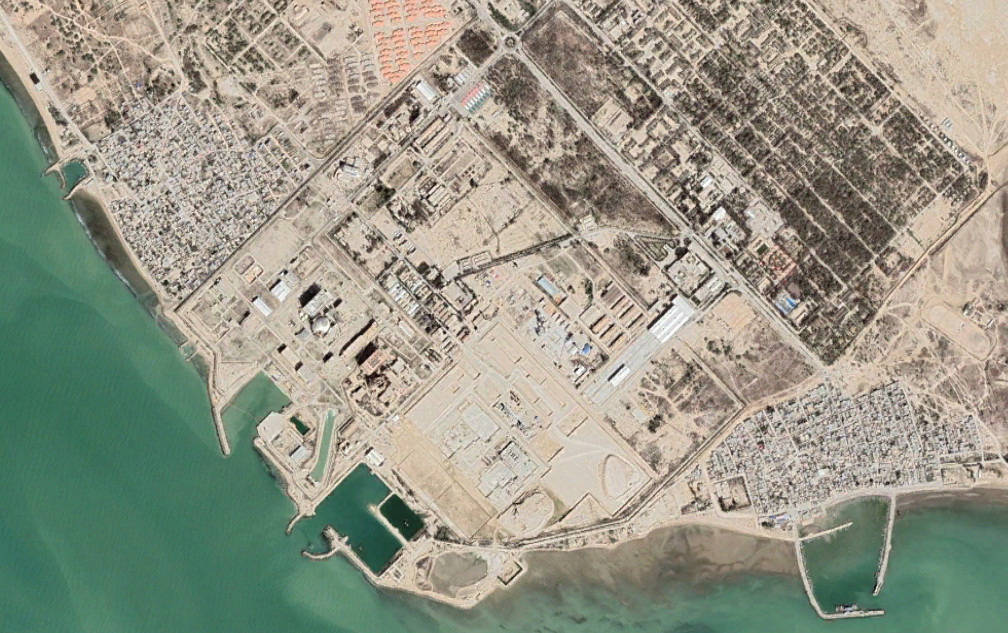
Iran relies predominantly on natural gas and oil to meet the country’s power needs, but Bushehr is reportedly already a significant contributor to the national grid, with Tanavir asking Iranians to try to reduce their electricity use in direct response to the shutdown. The situation has been further exacerbated by a “predicted rise in temperature” and “limitations in electricity generation,” according to PressTV.
It is important to note immediately there is no indication, one way or another, that anything beyond some sort of maintenance issue or accident is responsible for the decision to shut down Bushehr. In March, Mahmoud Jafari, AEOI’s deputy head, had warned that difficulties in securing spare parts and other equipment for the plant from Russia due to sanctions threatened to severely curtail, if not end, operations there in the near term.
It’s also not the first time that Bushehr has been shut down completely since it was built. For example, the plant was taken offline in April 2020 ostensibly for routine maintenance and refueling. As a non-proliferation measure meant to ease concerns about the power plant potentially supporting work on an Iranian nuclear weapon, Russia supplies the fuel rods, and then spent ones are returned directly to that country.
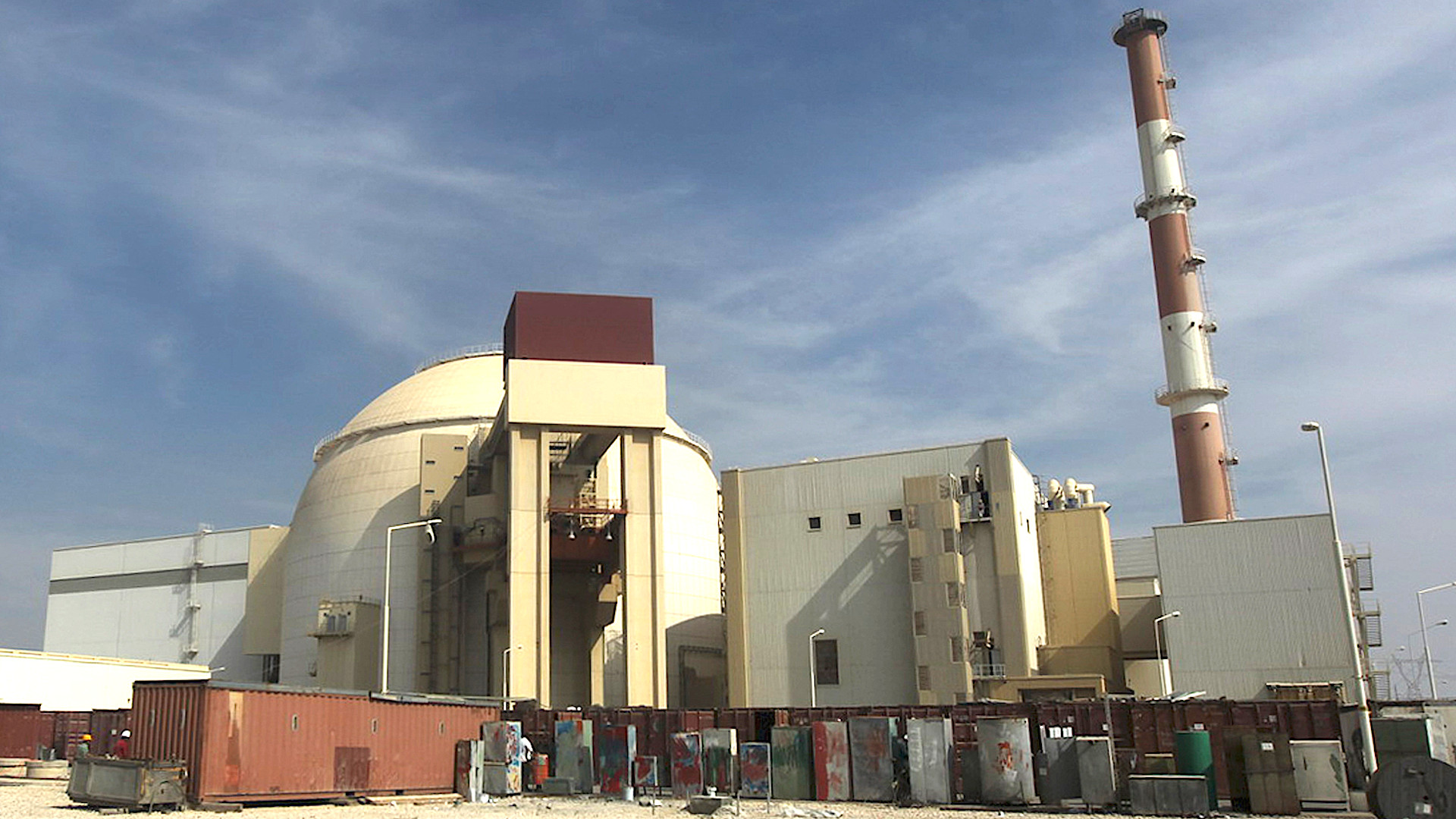
At the same time, the official description of this latest shut down as an “emergency” action can only raise questions, as well as safety concerns. Bushehr is situated near active fault lines, to begin with, and there were concerns that an earthquake in 2013 might have caused some level of damage to the site. Afterward, Iranian officials acknowledged the need to repair a malfunctioning electric generator and that “long cracks” had been found on at least one building at the facility, but denied any of this was related to the quake. Regardless, there was no significant reported earthquake activity in the area ahead of this latest incident.
In addition, there have been numerous reports that Israel has been conducting a number of clandestine campaigns against targets in Iran, as well as Iranian commercial and military ships at sea. These campaigns have been focused in no small part on hampering Iran’s nuclear ambitions, as well as hitting at the country’s already heavily sanctioned petroleum industry.
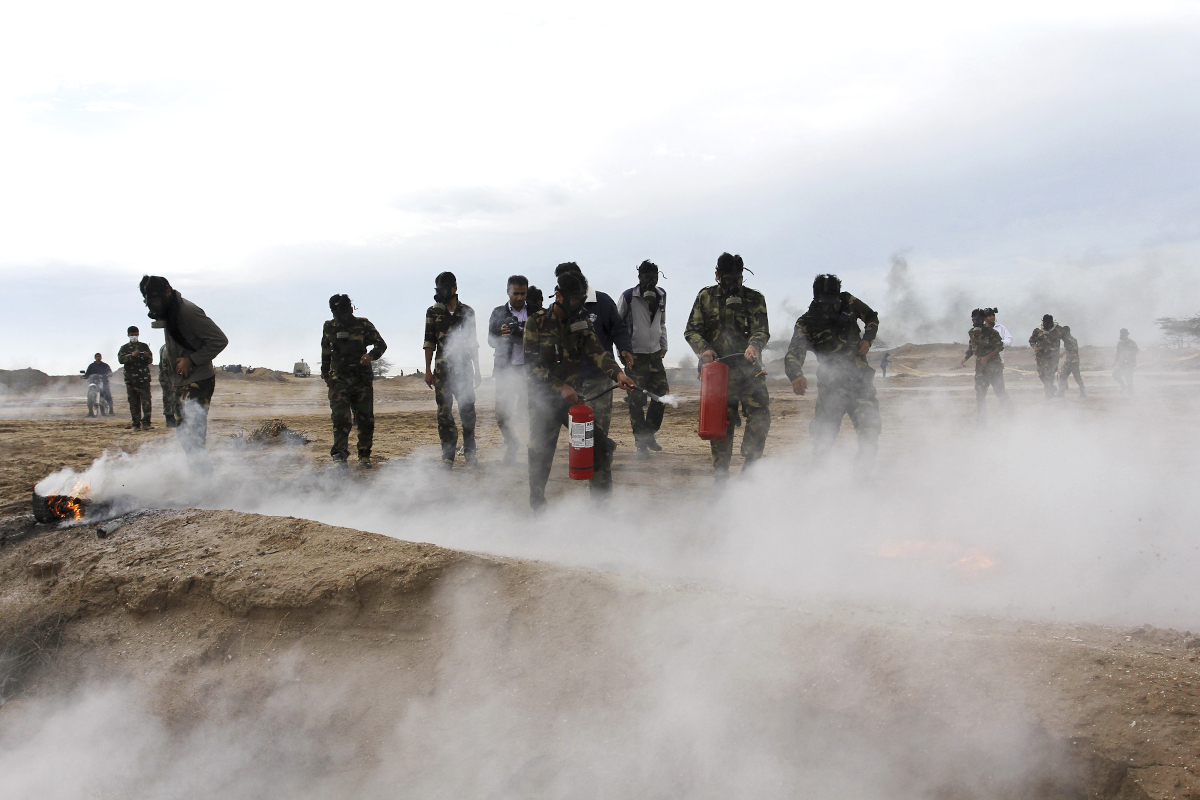
Israel, or individuals acting on its behalf, are widely believed to have been responsible for an explosion and subsequent fire in July 2020 at a building where centrifuges used to purify nuclear material are assembled within Iran’s larger Natanz nuclear site. Four months later, top Iranian nuclear scientist Mohsen Fakhrizadeh was assassinated in a complex ambush of the convoy he was traveling in, which reportedly included the use of a remote-controlled gun turret hidden in a vehicle on the side of the road.
Just in April, a blackout hit Natanz and there were subsequent reports indicating that an Israeli cyberattack might have been the cause. Iranian officials blamed the incident on sabotage and declared it to be an act of “nuclear terrorism.” Later reports suggested that the suddensh loss of power might have caused significant damage to centrifuge cascades there. In 2010, Israel, in cooperation with the United States, famously managed to infect computer networks at Natanz and other facilities with a computer virus known as Stuxnet, which also reportedly caused physical damage to centrifuges.
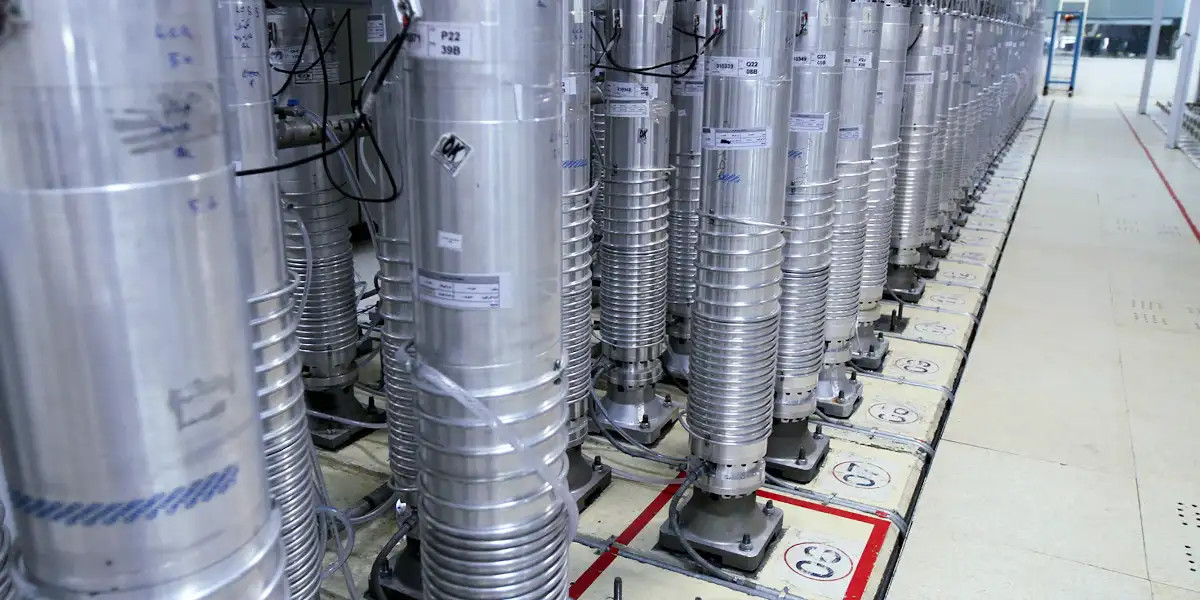
The new shutdown of Bushehr also comes amid significant political changes in both Iran and Israel. Iranian hardliner Ebrahim Raisi recently won that country’s latest presidential election, which the U.S. government said was neither free nor fair. Earlier this month, a new political coalition formed a government in Israel, choosing Naftali Bennett to be Prime Minister, ending the 12-year tenure of his predecessor, Benjamin Netanyahu.
“Raisi’s election is, I would say, the last chance for world powers to wake up before returning to the nuclear agreement, and understand who they are doing business with,” Bennett said yesterday, referring to a controversial multi-national deal regarding Iran’s nuclear efforts. Former President Donald Trump’s administration withdrew the United States from that agreement in 2018 and current President Joe Biden’s administration has been conducting indirect negotiations with Iranian officials about rejoining it. Despite initially pledging not to do so, the Biden administration has eliminated some sanctions on Iran in an attempt to kick start this diplomatic effort.
“A regime of brutal hangmen must never be allowed to have weapons of mass-destruction,” Bennett added. “Israel’s position will not change on this.”
For his part, Raisi has said he will refuse to meet directly with Biden and that his country’s ballistic missile arsenal and support for proxy forces across the Middle East and elsewhere around the world are not up for negotiation. This is a continuation of existing Iranian policies, but there are still concerns that Iran’s new president-elect represents a shift by the regime in Tehran toward more extreme positions.
With regards to Bushehr, even if this recent incident is nothing more than a need for unexpected maintenance or a minor accident, it could still be significant given the potential difficulties Iran faces in keeping the plant running safely. Damage to fuel rods and an associated buildup of radioactive gases at a nuclear power plant in China recently prompted similar concerns. Accidents are certainly not unheard of, even in countries with extensive experience with running various kinds of nuclear facilities and research and development projects, and that do not face major restrictions on the importing of critical parts and equipment necessary to their safe operation.
What new information might emerge now about what has happened at Bushehr, either from Iran itself or from other sources, remains to be seen.
Contact the author: joe@thedrive.com
